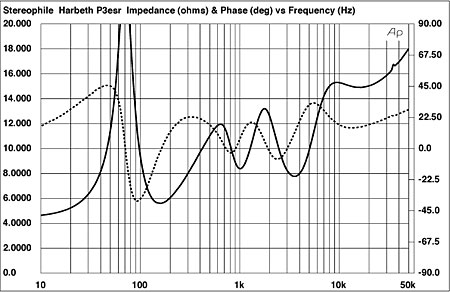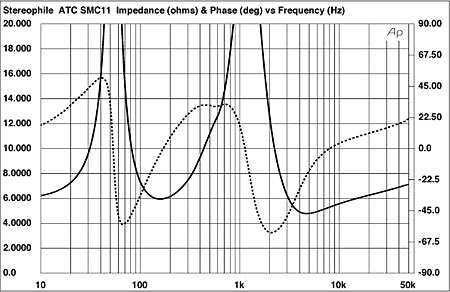I'm using hegel h190 and rme adi-2 with my p3esr xd on a desktop system.
The thing is, when using with my atc 11, there is no such harshness in certain YouTube videos. P3esr xd however, reveal those harshness.
I sincerely believe that this has to do with my room and since I am not willing to do room acoustics, I am looking to eq it with my rme adi-2 which has a very useful equaliser which I can highly customise the eq curve.
However, I do not have a mic to calibrate. Any tips on how to know what is the harsh frequencies and tune it down accordingly?
The thing is, when using with my atc 11, there is no such harshness in certain YouTube videos. P3esr xd however, reveal those harshness.
I sincerely believe that this has to do with my room and since I am not willing to do room acoustics, I am looking to eq it with my rme adi-2 which has a very useful equaliser which I can highly customise the eq curve.
However, I do not have a mic to calibrate. Any tips on how to know what is the harsh frequencies and tune it down accordingly?



